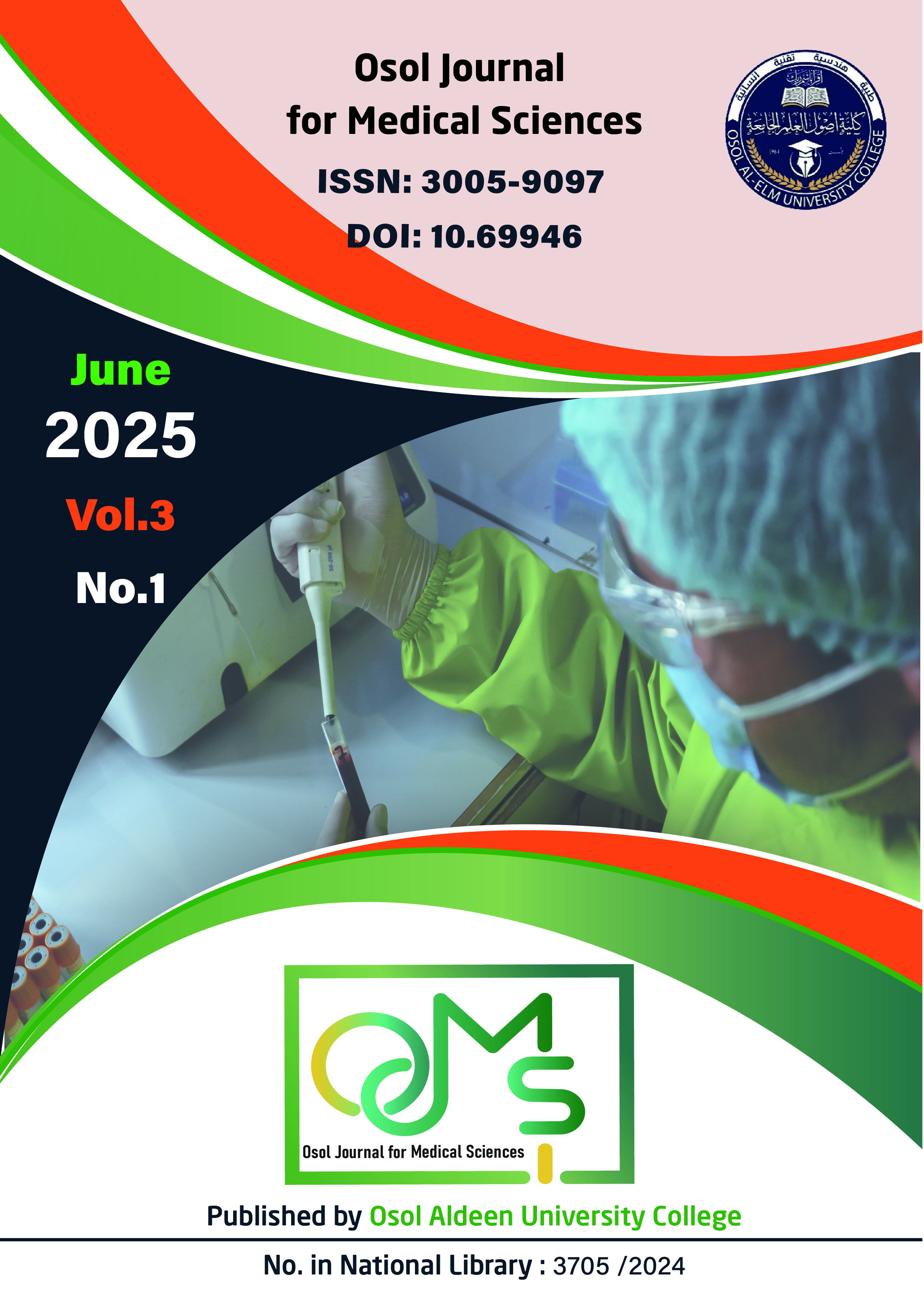Abstract
Background: Serum KIM1 is the most effective diagnostic method for type 2 diabetes with microalbuminuria (increasing the level of albumin in urine). About 50% of diabetics develop diabetic nephropathy, which is another typical consequence of hyperglycemia.
Objective: This study evaluates the impact of serum renal damage in the initial stages of diabetic nephropathy.
Study design: The current study was conducted at the Department of Medical Laboratories at Osol AL- Elm University and Baghdad Hospital in the Medical City between December 2023 and June 2024. There were 90 participants in the trial, 60 of whom had type 2 diabetes and 30 of whom were controls. The participants, who vary in age from 51 to 53, were split into three groups: 30 individuals with microalbuminuria from type 2 diabetes, 30 individuals with macroalbuminuria from type 2 diabetes, and 30 healthy controls.
Results: There was no difference significant in body mass index (BMI) and age between the study groups (p > 0.05), correlation analysis of the study analysis in diabetic patients with microalbuminuria, the serum KIM 1 shows a significant positive correlation with 0.708 of HbA1c% (r), P value ≤ 0.001) and urinary albumin (r = 0.893, P value ≤ 0.05). Serum KIM-1 shows a significant positive correlation with serum creatinine (r = 0.792, p-value ≤ 0.001) but a significant negative correlation with the GFR amount (r = - 0.338, p-value ≤ 0.001).
Conclusion: Serum KIM-1 increases significantly as eGFR decreases. Serum KIM-1 is a kidney damage marker related to the decline of kidney function in type 2 diabetes mellitus.
Objective: This study evaluates the impact of serum renal damage in the initial stages of diabetic nephropathy.
Study design: The current study was conducted at the Department of Medical Laboratories at Osol AL- Elm University and Baghdad Hospital in the Medical City between December 2023 and June 2024. There were 90 participants in the trial, 60 of whom had type 2 diabetes and 30 of whom were controls. The participants, who vary in age from 51 to 53, were split into three groups: 30 individuals with microalbuminuria from type 2 diabetes, 30 individuals with macroalbuminuria from type 2 diabetes, and 30 healthy controls.
Results: There was no difference significant in body mass index (BMI) and age between the study groups (p > 0.05), correlation analysis of the study analysis in diabetic patients with microalbuminuria, the serum KIM 1 shows a significant positive correlation with 0.708 of HbA1c% (r), P value ≤ 0.001) and urinary albumin (r = 0.893, P value ≤ 0.05). Serum KIM-1 shows a significant positive correlation with serum creatinine (r = 0.792, p-value ≤ 0.001) but a significant negative correlation with the GFR amount (r = - 0.338, p-value ≤ 0.001).
Conclusion: Serum KIM-1 increases significantly as eGFR decreases. Serum KIM-1 is a kidney damage marker related to the decline of kidney function in type 2 diabetes mellitus.
Keywords
Diabetes mellitus
diabetic nephropathy
Serum Kidney Injury Molecule 1 (KIM-1)
Type 2 diabetes
